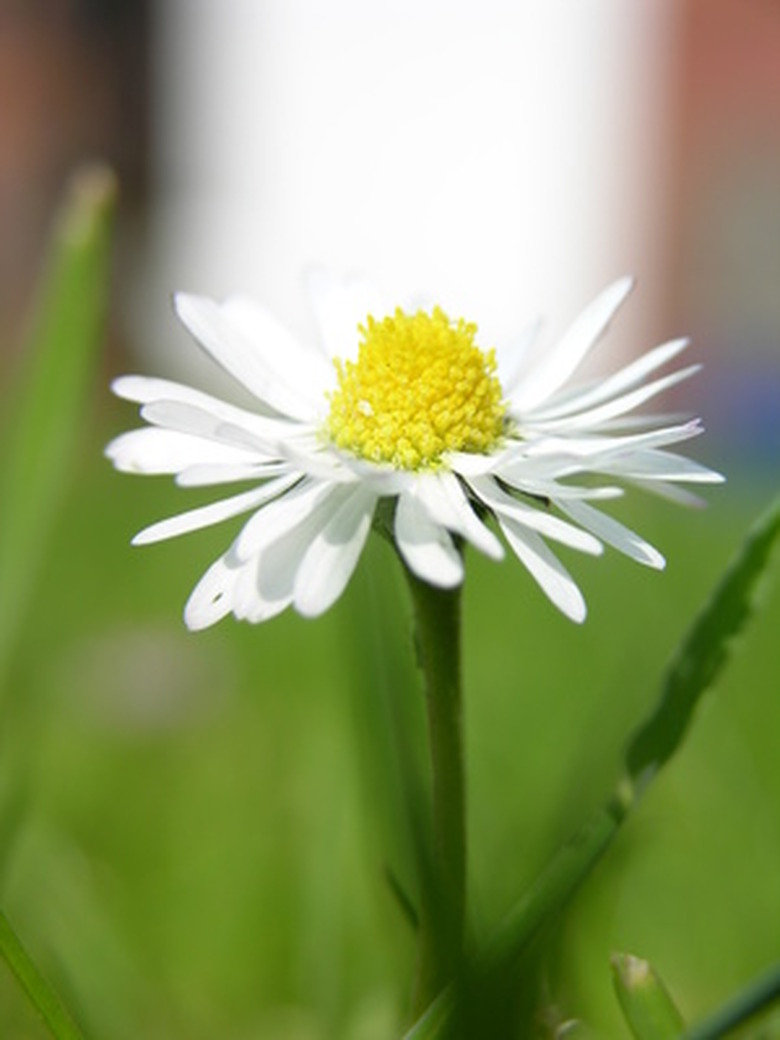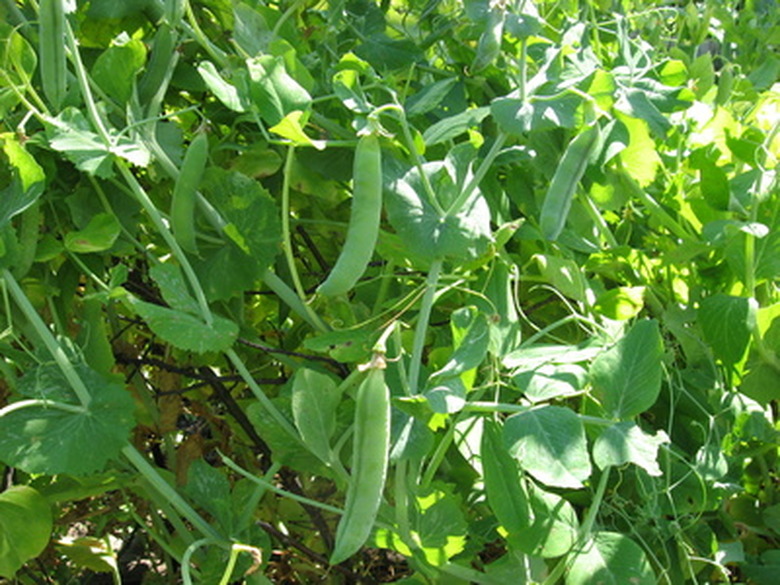What Are Three Examples Of Flowering Plants?
We may receive a commission on purchases made from links.
With more than 250,000 species, flowering plants make up about 90 percent of all plants, according to the Life Sciences department at Palomar College. Although we often think of flowers in terms of their aesthetic beauty, flowering plants in general have a much greater impact on the world. In fact, many of the foods we eat every day come from flowering plants.
With more than 250,000 species, flowering plants make up about 90 percent of all plants, according to the Life Sciences department at Palomar College. Although we often think of flowers in terms of their aesthetic beauty, flowering plants in general have a much greater impact on the world. In fact, many of the foods we eat every day come from flowering plants.
Daisy
Bellis perennis, or the common daisy, is commonly given as a symbol of childhood innocence. Common daisies originated in Europe, but now grow throughout North and South America. According to Hudson Valley Weddings, the name is a combination of "day's eye," because their petals close over their center every night, then open again in the morning. Daisies are a member of the sunflower family, scientifically known as Asteraceae, which with nearly 24,000 species is the largest family of flowering plants. Other plants in the sunflower family include dandelions, thistles and sunflowers.
- With more than 250,000 species, flowering plants make up about 90 percent of all plants, according to the Life Sciences department at Palomar College.
- Daisies are a member of the sunflower family, scientifically known as Asteraceae, which with nearly 24,000 species is the largest family of flowering plants.
Orchid
There are about 20,000 species of orchids, making the orchid family, also known as Orchidaceae, the second-largest family of flowering plants. Their flowers are diverse, having a variety of colors, shapes and sizes. According to Teleflora, most orchids actually grow on top of other plants, although they are not parasites. Some of the most common orchids are cattleya, cymbidium, dendrobiums, phalaenopsis and vanda. One of the few types of orchids grown for consumption is vanilla, whose extracts are made into a food flavoring.
Pea Plant
Not all flowering plants are known specifically for their flowers. The pea plant, or Pisum sativum, is a flowering plant known for the seeds of its flowers' ovaries, peas. It is a member of the family Fabaceae or Leguminosae, which is colloquially referred to as the legume, bean or pea family. With more than 18,000 species, this is the third-largest family of flowering plants. Other plants in the family also produce common foods such as beans, soybeans, peanuts and licorice.
- There are about 20,000 species of orchids, making the orchid family, also known as Orchidaceae, the second-largest family of flowering plants.


